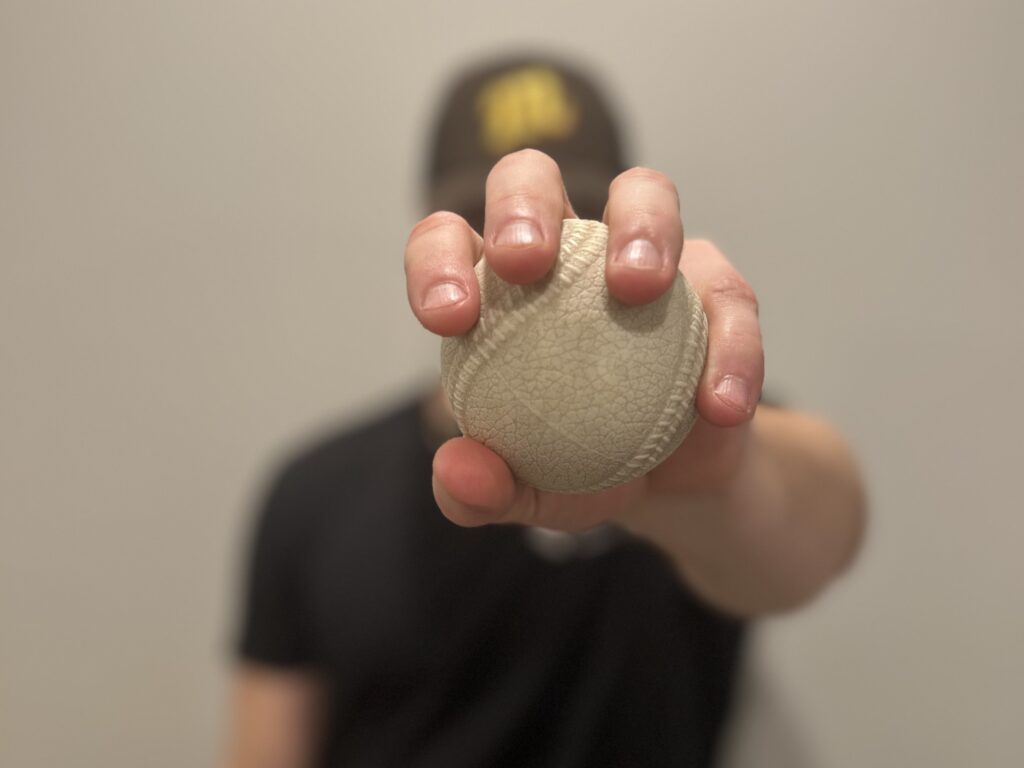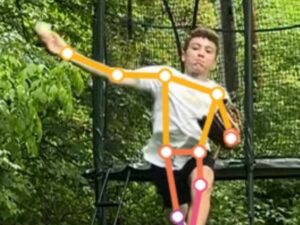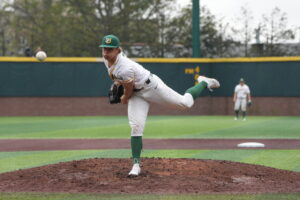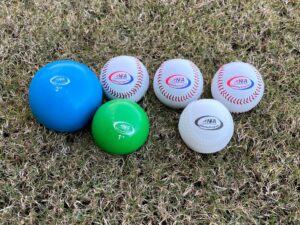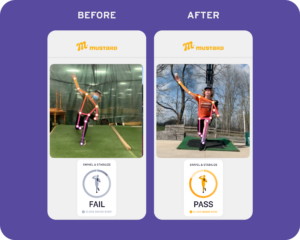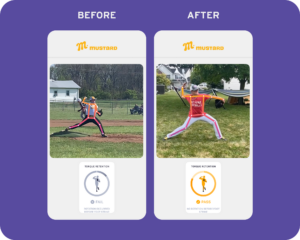National Pitching Association master performance coaches Robert Ambrose and Dean Doxakis joined #TeamMSTRD and coach Tom House In the Kitchen for an informative discussion on weighted ball holds, during which a pitcher holds onto the ball through his or her entire throwing motion, rather than releasing it. Weighted ball holds, done with balls both lighter and heavier than a five-ounce baseball, build functional strength, most importantly in the decelerator muscles at the back of the shoulder, increase range of motion and arm speed and can subsequently increase velocity. But it’s important to be safe and smart when you do weighted ball holds. Here are 10 tips from Ambrose and Doxakis to help you do just that.
1. Range of motion is only good if it’s stable. Having range of motion without stability is just as dangerous as not having range of motion.
2. Pay attention to Windows of Trainability when doing weighted ball holds.
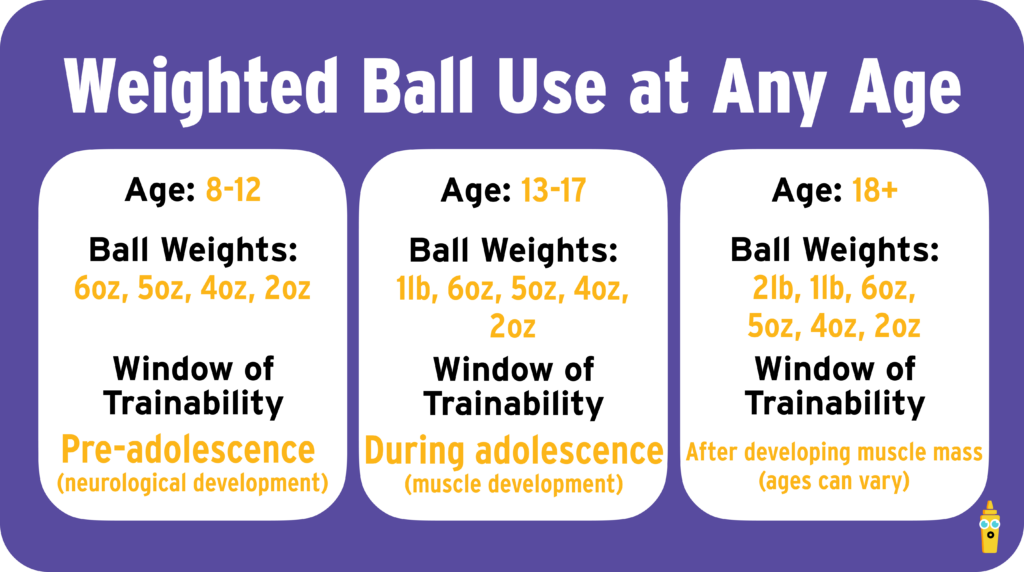
3. Warm up first. Do not do weighted ball holds without first raising core body temperature and priming the body for movement.
4. Start on your knees. If you can’t hold onto the weighted ball you’ve selected, your body is telling you it’s not strong enough to train with that ball. Back down to a lighter weight.
5. Be patient, because adaptation takes time. It can take 6 to 12 weeks to go from your knees to a full run-and-gun with weighted ball holds.
6. Squeeze the heck out of the weighted balls to increase grip strength. Hold the ball with all four fingers rather than using an individual pitch grip.
7. Weighted ball holds are always done at 100% intent.
8. Weighted ball holds are NOT a mechanics drill. They are meant to increase functional strength and mobility.
9. Arm path is NOT a teach. Keep your eyes level, nail your sequencing and arm path will happen naturally.
10. Reverse throws separate joints that are not meant to be separated, increasing risk of injury.
For more information on weighted ball training, check out our previous blog on weighted balls and visit the NPA website. Click here to watch the full In the Kitchen session on weighted ball holds, and all other live and on-demand In the Kitchen classes.
If you’d like more great content from Mustard, and you’d like to evaluate and improve your own pitching mechanics, download the Mustard pitching app today.

